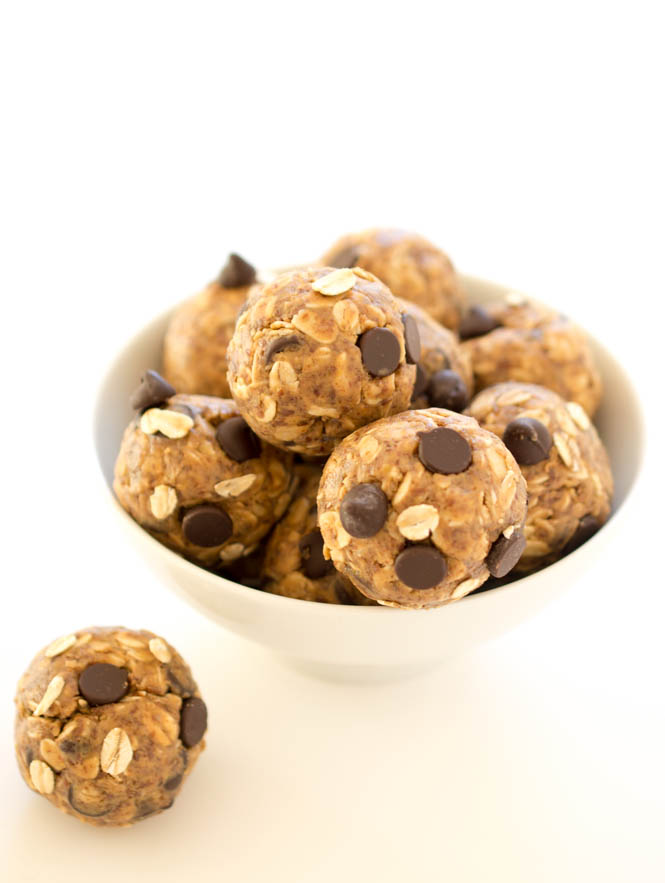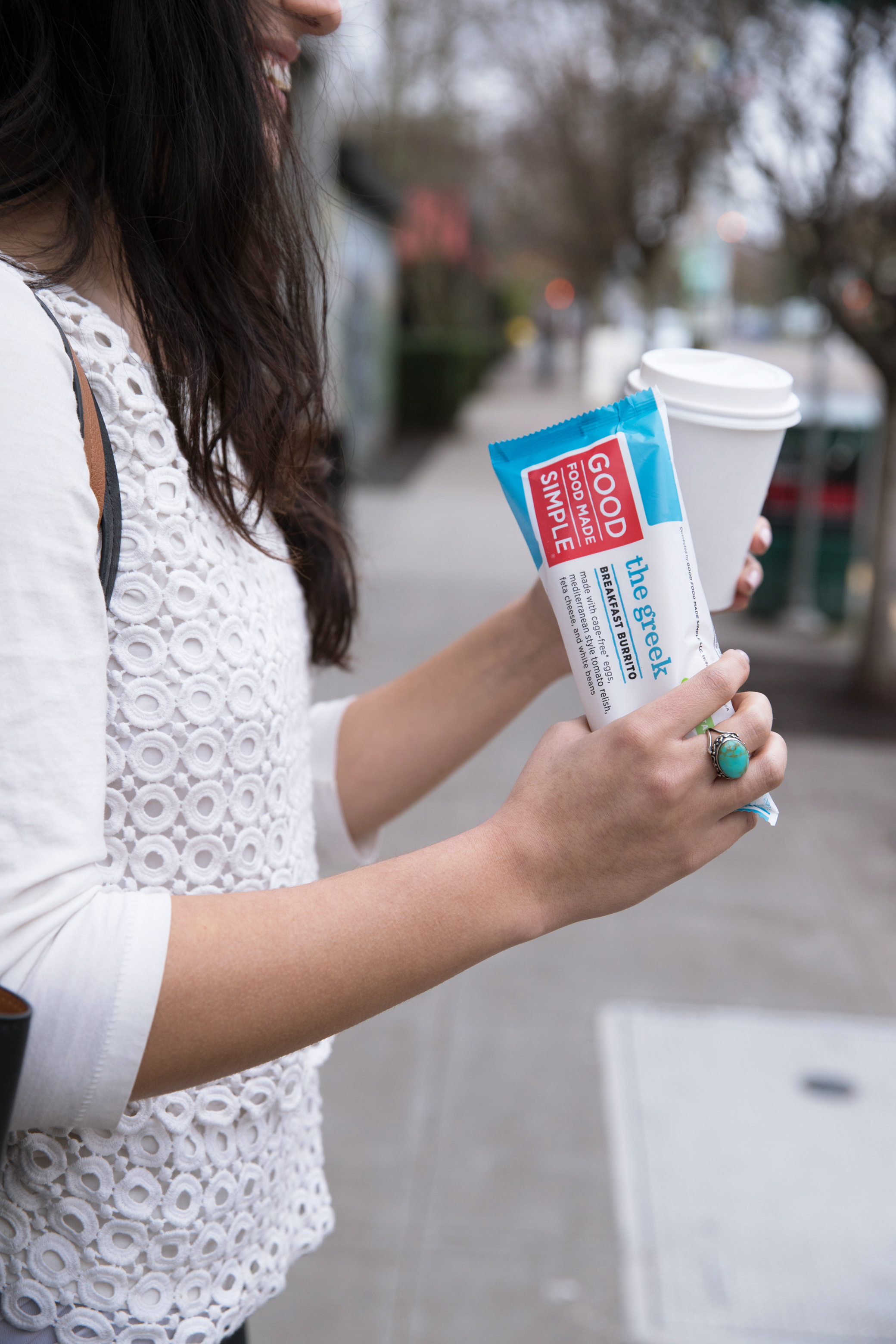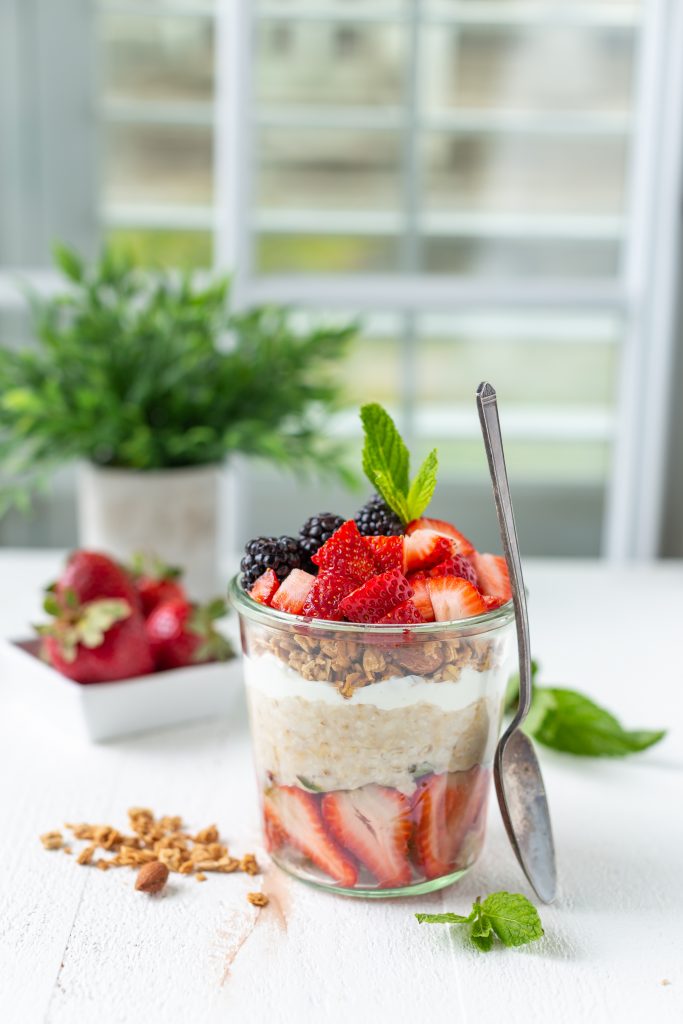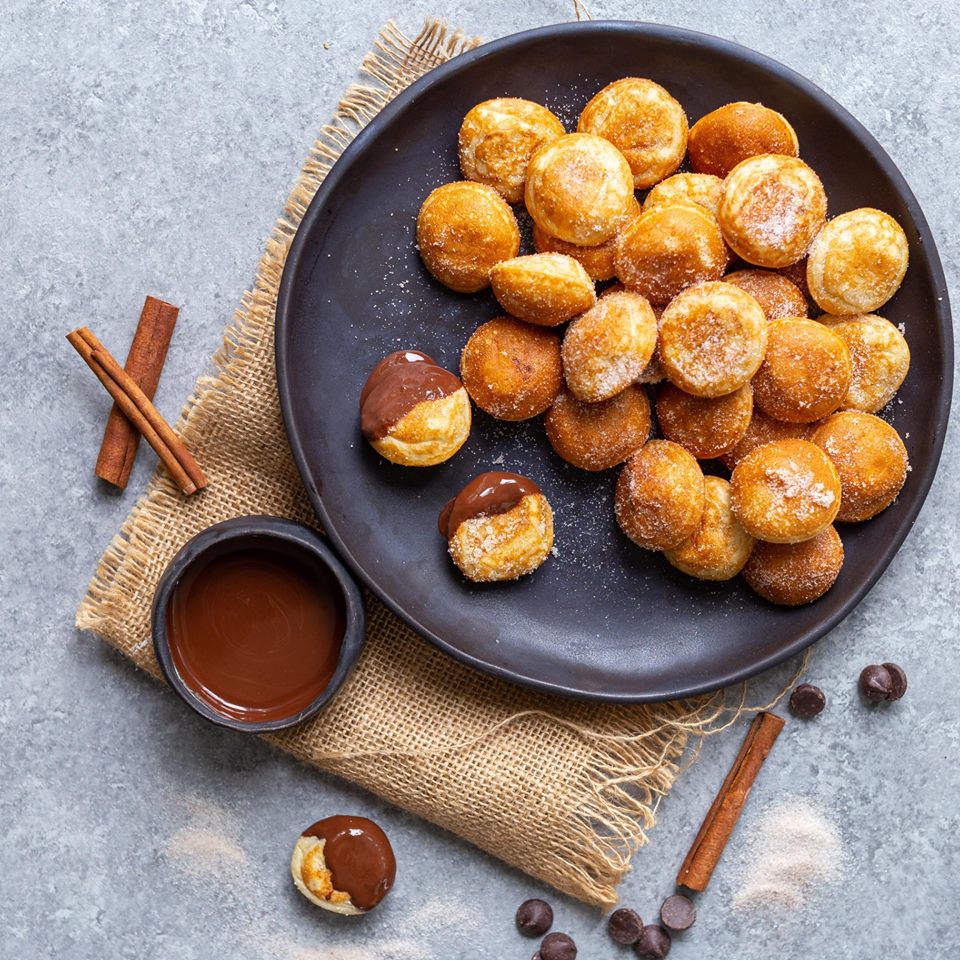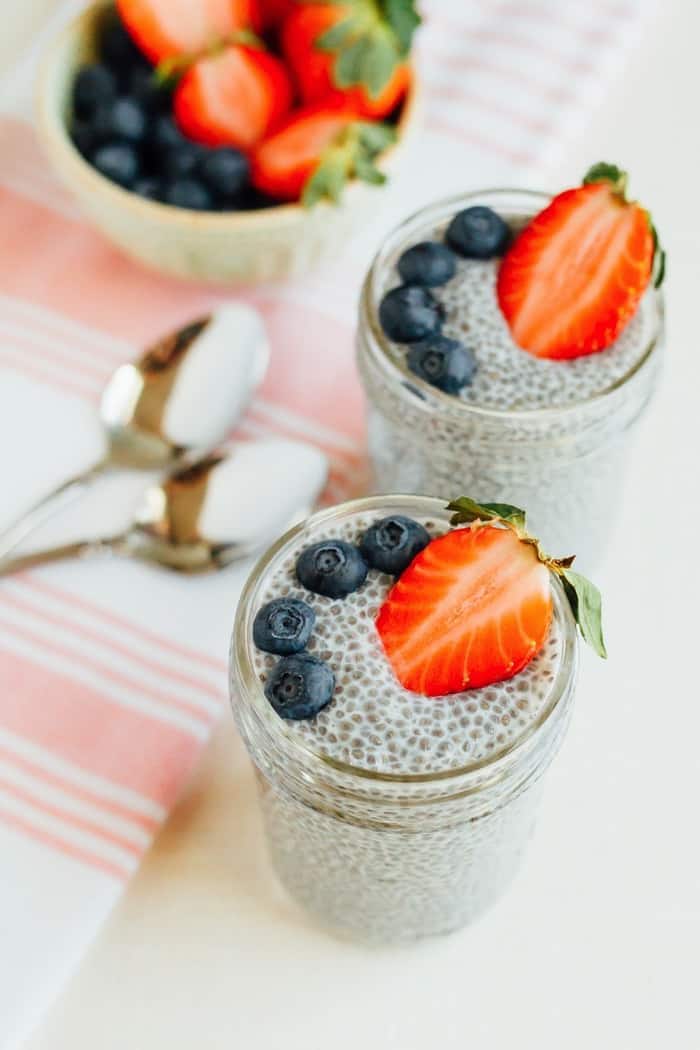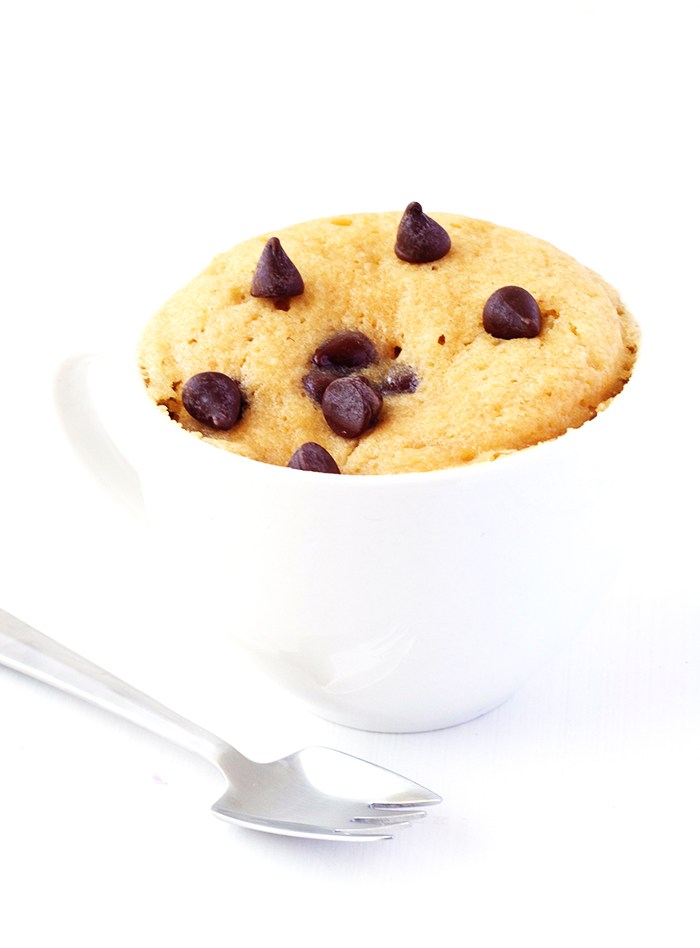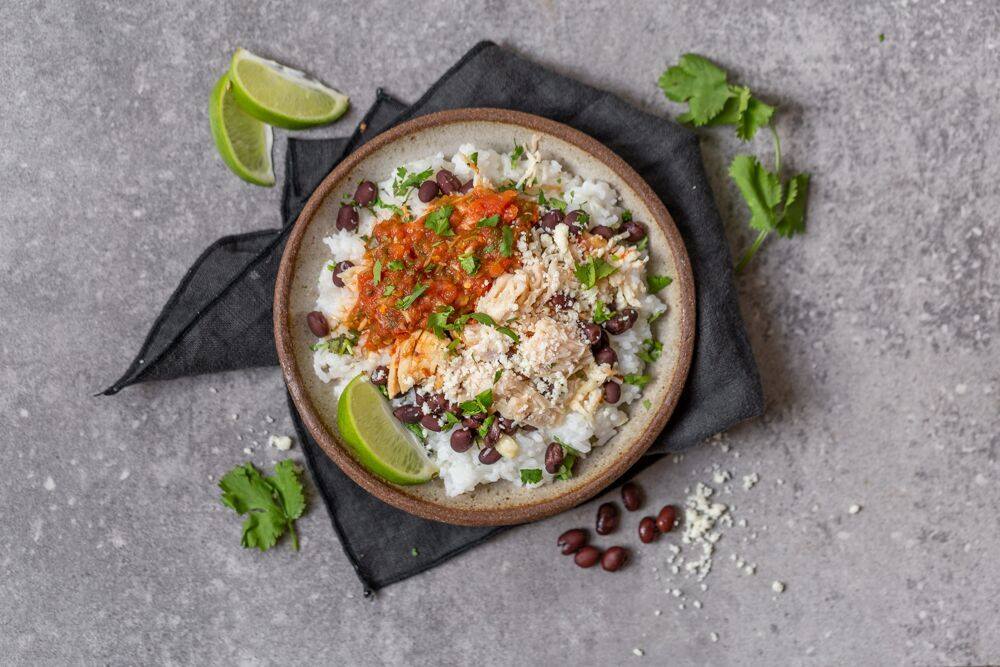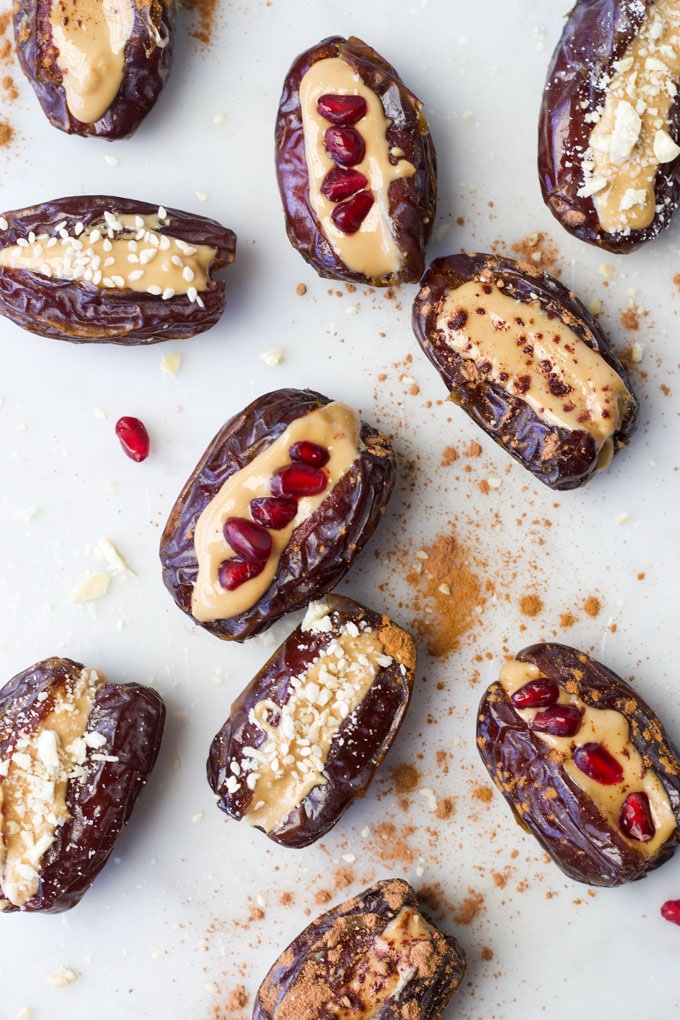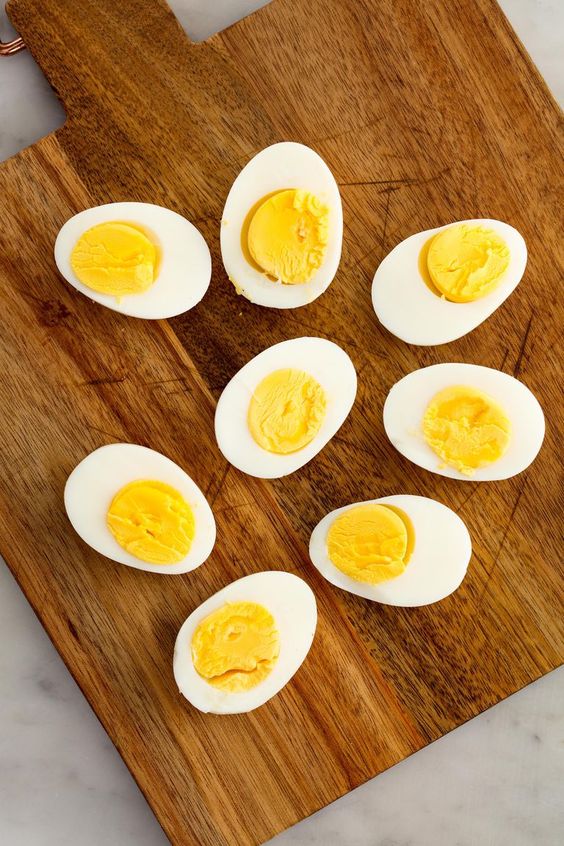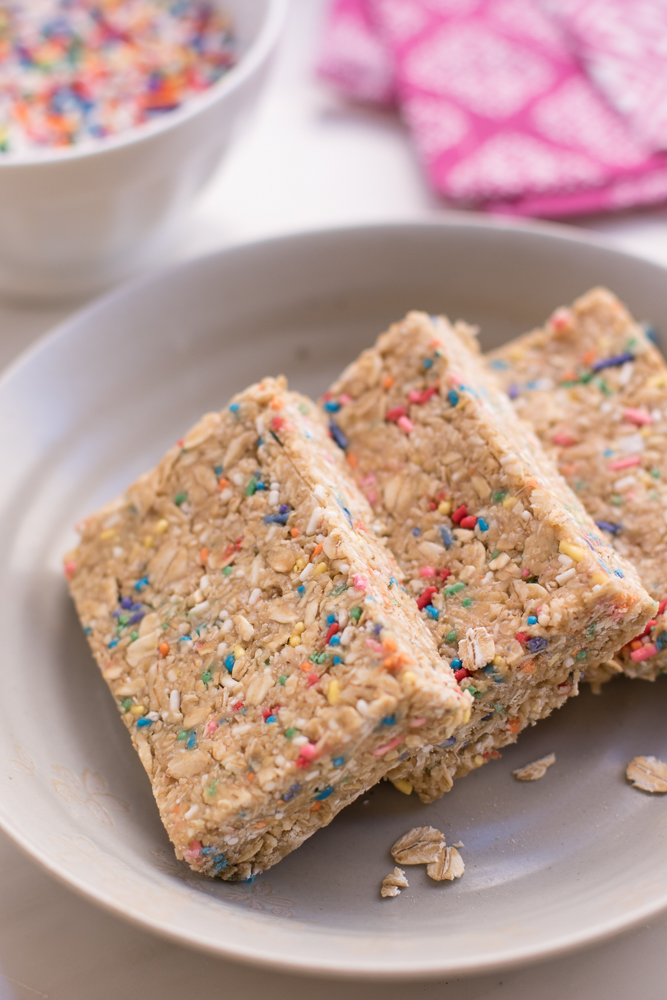After what most of us wish was an endless Summer, the majority of the contiguous U.S. turn their clocks back an hour for daylight saving time. Despite the initial feeling of gaining an hour of sleep, the sun setting at 3 or 4 PM often brings feelings of seasonal depression. This blog will explain what seasonal depression is, the signs and effects it has, and how to combat it.
What is seasonal depression?
Seasonal affective disorder (informally referred to as seasonal depression) is a form of depression that’s impacted by the change in season. In most cases, seasonal affective disorder occurs in the Fall and Winter months but can also emerge in the Spring.
According to Mayo Clinic, some of the symptoms of seasonal depression include:
- Feeling depressed throughout the day on most days
- Having lost interest in hobbies or activities you previously enjoyed
- Feeling low energy
- Changes in your sleeping habits (oversleeping or insomnia)
- Feeling easily agitated
- Finding it difficult to concentrate
- Changes in your appetite
While these symptoms may overlap with those of clinical depression, seasonal depression often starts and ends around the same time each year. In contrast, major depression doesn’t have a “clear” cut off for when symptoms will end. Those that seasonal depression impacts may be able to easily identify it if it occurs persistently.
Causes and sources
Typically, seasonal depression is understood to be caused by the change in season, weather and amount of sunlight. However, some scientists believe that hormones are at play here. As stated by Web MD, chemicals such as serotonin and melatonin are impacted by the change in seasons.
During the Summer, when sunlight occurs throughout the majority of the day, your serotonin levels are more or less regular. Serotonin is a chemical hormone produced by the brain and it helps to regulate your mood and emotions.
Due to the decrease in sunlight throughout the Winter months, your brain may make and release less serotonin. As a result, symptoms of seasonal depression such as feeling down, depressed or fatigued.
Another hormone that may cause seasonal depression is melatonin. Similar to serotonin, melatonin is a chemical hormone produced by the brain in response to darkness/nighttime. Ultimately, it helps to regulate your circadian rhythms or body’s internal clock.
In the darker Fall and Winter months, your body slows its production of both of these hormones. Since it becomes darker earlier in the day, your body’s melatonin is released way sooner than normal. If you find yourself feeling exhausted before the workday even ends, this is probably why.
Additionally, the lack of sunlight reduces your serotonin levels. When combining the lack of serotonin with the reduced levels of melatonin, your brain reacts by feeling depressive emotions or thoughts.
Ways to manage seasonal depression
Coping with seasonal depression can seem difficult at first glance. However, there are 3 simple things you can do during your daily routine to mitigate some of the side effects. These include staying active through movement/exercise, eating foods that boost serotonin levels, and exposing yourself to as much light as possible.
Since some of the common side effects include feeling fatigued, lethargic, and low-energy including movement throughout your day can combat these feelings. Now, this doesn’t mean you need to start training to run long-distance (although, it’s a great form of exercise). Movement and physical activity include exercise like yoga or simply getting your steps in throughout the work day.
Food & seasonal depression
Another way to soften the side effects of seasonal depression is to include serotonin in your diet. According to Medical News Today, there are a number of foods and ingredients that contain tryptophan, an amino acid that assist in the formation of serotonin. These foods include:
- Salmon, or other sources of omega-3 fatty acids
- Poultry, such as chicken or turkey
- Eggs
- Spinach (try out or Spinach Scramble breakfast burrito)
- Seeds & nuts
- Cheese
- Soy products, such as soy milk or tofu
A third effective method to cope with seasonal affective disorder is to invest in light therapy. By using a light box with a white or blue light bulb, your brain is directed to produce more serotonin as it believes it’s day time. Light boxes help to mimic outdoor light or sunshine with hopes of combating the side effects of seasonal depression.
If you are unable to invest in a light box, simply finding ways to expose yourself to sunlight will help mitigate the side-effects. Try waking up earlier, taking a morning or afternoon walk, or sitting outside on sunny days.
Seasonal depression is extremely common and you’re not alone in feeling this way during the Fall and Winter months. By listening to your body and recognising the symptoms, you are one step closer to finding coping mechanisms that work for you. Whether that’s eating foods that boost your serotonin, staying active, or reaching out to your doctor about light therapy – it is definitely possible to manage your seasonal depression.
